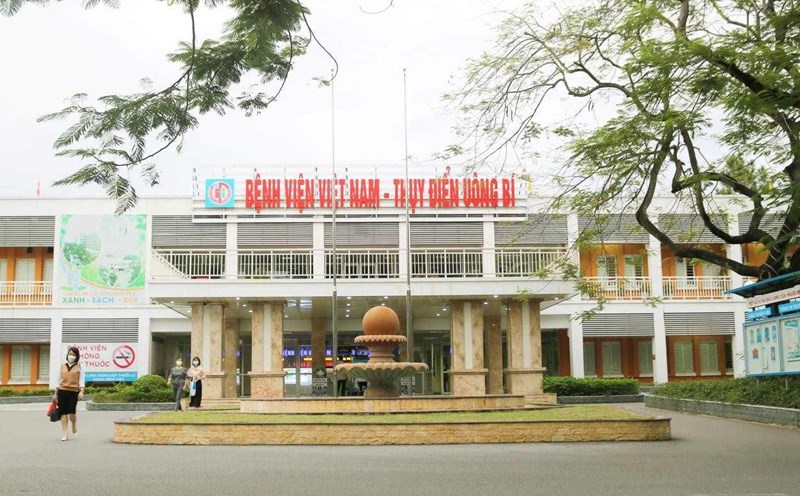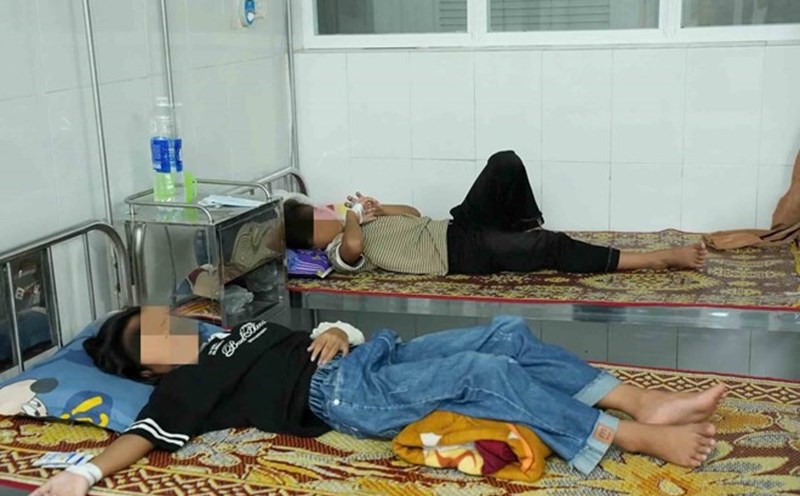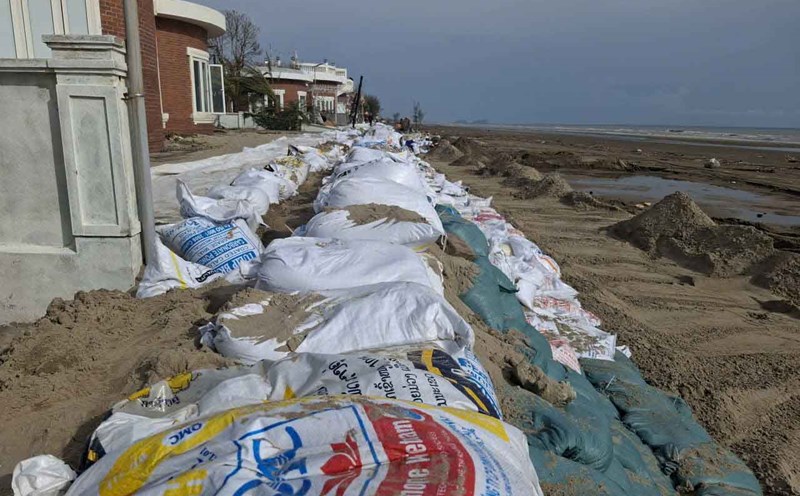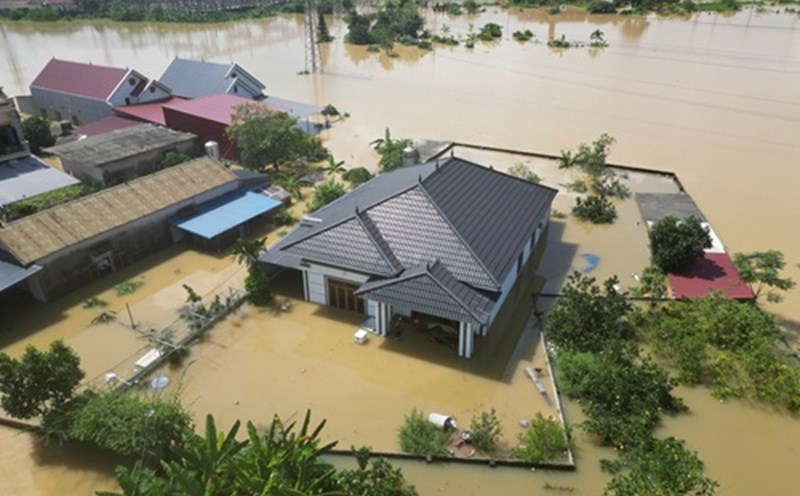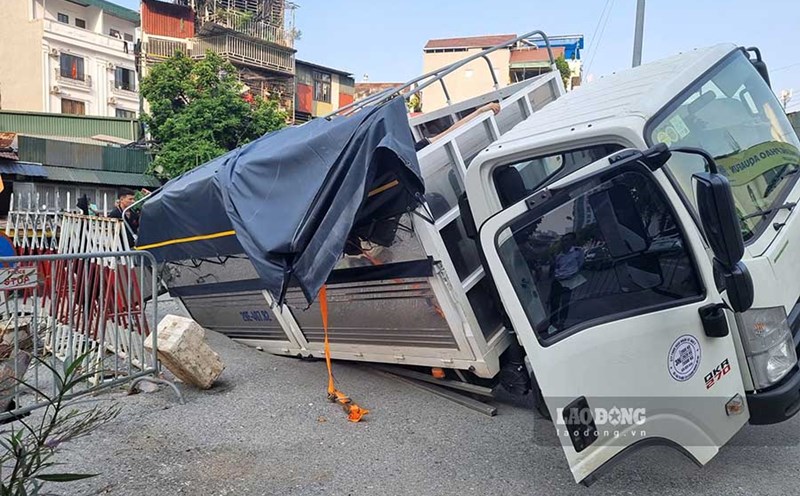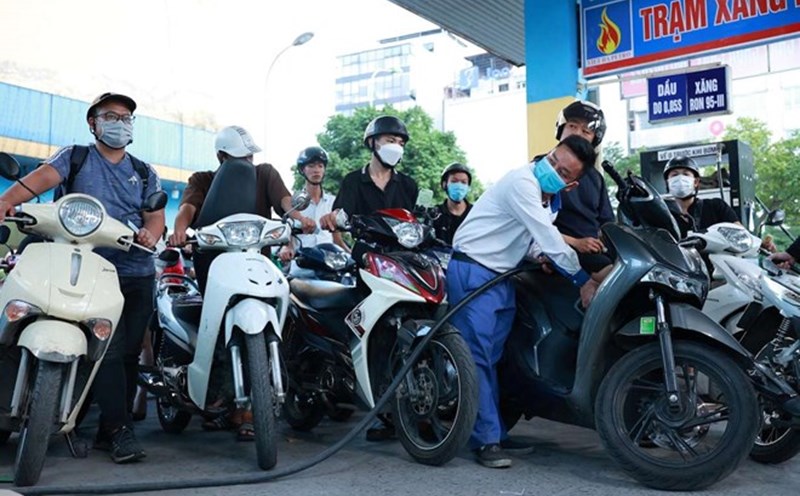On the evening of October 7, the Emergency Department of Nguyen Tri Phuong Hospital received 5 victims transferred by the 115 Emergency Center in a state of severe cognitive decline, accompanied by headaches and food vomiting.
The reason comes from the fact that the victims attended a party in the closed room of a restaurant in Chanh Hung Ward, Ho Chi Minh City. After about an hour, the restaurant staff discovered the group lying on the floor, feeling drowsy, having a lot of vomited food on them and immediately called for help.
When receiving the rescue team, the emergency workers found that all 5 people had similar symptoms, in the same context that occurred in a closed space. Through information exploitation, it is known that the restaurant used a generator in the room next to the party area. From the above data, doctors orient the treatment towards mass gas poisoning, in which the culprit is identified as most likely carbon monoxide (CO), a colorless, odorless gas but extremely toxic.
Immediately, the patients were given high doses of oxygen, fluid replacement and necessary tests. Test results confirmed that all 5 victims were poisoned by CO gas. Thanks to timely detection and treatment, the patients' condition improved, their perception recovered and gradually stabilized. The cases are currently being monitored and treated in the hospital's specialized departments.
Dr. CKI Bui Anh Triet - Deputy Head of the Quality Management Department, Nguyen Tri Phuong Hospital - said that carbon monoxide (CO) gas is generated during the process of incomplete combustion of carbon-containing fuels such as coal, wood, gas, oil, gasoline. In closed spaces or poor ventilation, CO gas can quickly accumulate and cause poisoning in just a few minutes.
When inhaled, CO gas attaches tightly to hemoglobin in the blood, reducing the ability to transport oxygen to the organs, causing lack of oxygen, damage to the brain and heart. The poisoned victim can die if not detected and treated promptly.
According to doctors, CO gas poisoning symptoms are very diverse and easily confused with fatigue, flu or digestive disorders. Common symptoms of CO gas poisoning include headache, dizziness, nausea, vomiting, fatigue, drowsiness, perception disorder, and possible fainting. At severe level, the patient may have seizures, coma, respiratory failure or cardiac arrest.
CO gas poisoning can leave long-term neurological sequelae such as memory loss, reduced concentration, sleep disturbances, heart or brain damage. Worryingly, CO gas is colorless, odorless, and tasteless, so victims often do not recognize it until it is severely affected.
Initial treatment and treatment
In cases of CO gas poisoning, the time to detect and remove them from the poison source is a life-saving factor. Early identification of symptoms and proper follow-up with initial treatment instructions can significantly reduce mortality and neurological sequelae.
According to Open Anaesthesia 2015 and NHS (2023), the principle of emergency treatment includes:
1. Quickly move the victim out of the poison gas source to a breathable place.
2. call an emergency immediately for professional medical support.
3. Breathing high-concentration oxygen through a mask is a basic treatment that helps remove CO from the blood many times faster than normal air breathing.
4. In severe cases, patients may need to be treated with high oxygen to prevent damage to the brain and heart.

